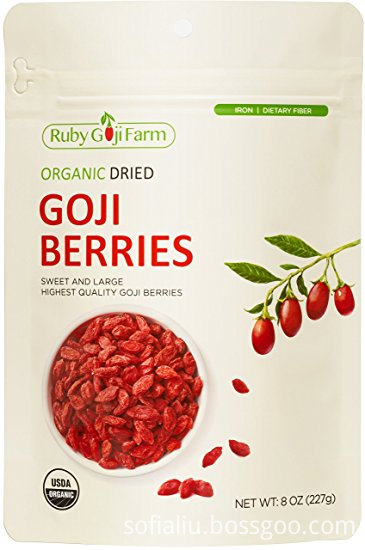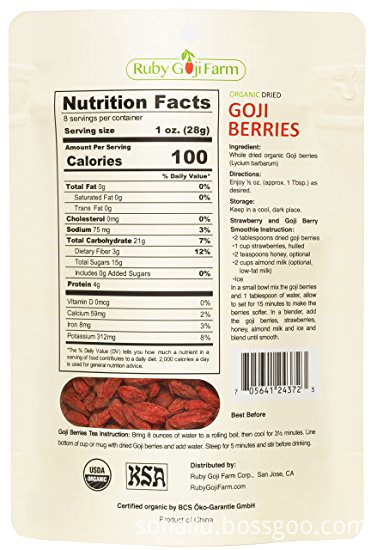Urea, containing up to 46% nitrogen, is a “Hercules†in solid nitrogen fertilizer. Compared with other nitrogenous fertilizers, it is easy to transport, is easy to store, has a wide range of applications, and is suitable for all types of soil and various crops; it can be used as a base fertilizer. It can also be topdressing, and it is also the best fertilizer for top dressing. However, if we want to fully play the role of urea and economic benefits, we must do "four wants" and "four don'ts" when applying urea.
The "four wants" is:
One must deepen. Although the chemical properties of urea are relatively stable, they can be converted into ammonium carbonate in a certain period of time under the action of urease in the soil. Ammonium carbonate further decomposes to produce ammonium bicarbonate and ammonium hydroxide. Both of these ammonium compounds are unstable and decompose into ammonia and carbon dioxide very quickly. They are very volatile, so urea and ammonium bicarbonate, ammonia and other fertilizers In the same way, deepen it. This is even more true in calcareous and alkaline soils. Deep application of urea is generally 15 to 20% more efficient than surface application. The deep application of urea in dryland can also weaken or eliminate the phenomenon of ammonia fumigation and burning seedlings; deep application in paddy fields can prevent nitrogen from leaching, and can also prevent loss of deamination caused by denitrification. The farmer said: "Fertilizer goes deep into the soil, a mu of land and two acres," which makes sense.
The second must be applied in advance. Because urea needs to be decomposed and transformed by urease in soil, it can be absorbed and utilized by crop roots. Compared with ammonium bicarbonate, ammonium sulfate, and ammonium chloride, the effect of fertilizer is slow. The rate of urea fertilizer effect is related to soil organic matter content, ground temperature, and moisture content. Among them, temperature factor plays a key role. According to research, when the temperature is 10°C, urea conversion takes 7-10 days; 20°C needs 4-5 days; 30°C only takes 2 days. Therefore, in the summer and autumn high temperature season, urea should be applied 2 to 3 days earlier than other nitrogen fertilizers; in the late autumn and early spring, winter wheat and winter oilseed must be applied to urea for 6 to 8 days in advance.
Third, we must apply proper amount. Urea has high nitrogen content and should be used less than other nitrogen fertilizers. Excessive application will not only cause waste, but also cause the crop to grow madly, lodging, pests and diseases and burn seedlings. The specific application amount should be calculated according to the needs of the crop, according to the amount of ammonia. For example, if you need to apply 20 kg of ammonium bicarbonate, use 7.5 kg of urea instead. If you need to apply 15 kg of ammonium nitrate, use only 10.7 kg of urea. Experienced farmers said: "Urea and ammonium bicarbonate are not the same as they are."
Fourth, due to land. Unlike nitrogenous fertilizers such as urea and ammonium bicarbonate, ammonium sulfate, etc., after it is applied to farmland, it exists in a molecular state in soil moisture, and only about 20% can be adsorbed by soil colloids, and this adsorption is not firm, so urea is in the soil. Medium mobility, the easiest to lose. Therefore, using urea as the base fertilizer in paddy field should be turned into the soil within 5 to 7 days before irrigation; if water is applied immediately after application, the fertilizer will be lost more. If urea is used as topdressing in paddy field, only shallow water layer should be reserved for fertilization, combined with weeding and paddy field after application, and no irrigation should be conducted within 2~3 days. If topdressing urea in dry land, it can be watered immediately after surface application to make the water infiltrate into the depth of 20 to 30 cm, which can play a role of deep application. Close cultivation of wheat, millet, etc. adopts this method. The fertilizer effect is equivalent to deep trenching. However, avoid flooding after flooding to avoid leaching of urea and reduce fertilizer efficiency. The degree of leaching of urea is also related to soil texture. Generally, clay soil and soil rich in organic matter, urea is not easily lost, and urea is easily lost in sandy soil.
The "four don't" is:
Do not mix or apply with alkaline fertilizers. Urea and calcium superphosphate, potassium sulfate and other acidic fertilizers applied simultaneously, will not lose fertilizer effect, but if combined with grass ash, lime, fly ash, calcium magnesium phosphate fertilizer, steel slag and other alkaline fertilizers applied simultaneously or simultaneously, will exacerbate urea The nitrogen in the ammonia evaporates and loses volatilization. Under normal circumstances, urea should be applied staggered with alkaline fertilizers, summer and autumn high season should be staggered 3 to 4 days, winter and spring cold season should be staggered 7 to 8 days.
Second, do not use seed dressing. Under normal circumstances, urea cannot be used as a seed dressing. This is because high concentrations of urea can disrupt the protein structure, degrade the protein, and affect seed germination. And the biuret contained in urea also has toxic and inhibitory effects on the seed. According to the test, urea containing more than 1% of biuret and 2.5 to 5 kg of seed dressing in mu will seriously inhibit seed germination and harm seedling growth. If you do not use urea seed dressing can not, in addition to stick dry fertilizer dry mix, the amount of seed dressing can not exceed 2.5 kg.
Third, do not apply water immediately after application, otherwise it will be severely leached, and the extent of leaching is no less than ammonium nitrate. Under normal circumstances, the summer and autumn high temperature season should be easier to watering 2 to 3 days after applying urea. In winter and spring cold season, it is better to water after 7 to 8 days because urea is basically converted. Application of urea in paddy field should also be controlled in the thin water layer or "flower water". Before the arrival of heavy rain, urea could not be applied, or it would be lost too much and wasted.
Fourth, the concentration of foliar fertilizer should not be too high. Among all the nitrogen fertilizers, the effect of urea foliar spray is best, and the absorption rate can reach about 90%. Tests have shown that foliar spraying of urea can also promote the absorption of more nitrogen by crop roots. However, the foliar spray of urea must not be too large, otherwise it will burn and poison the leaves, which will seriously affect the efficiency of photosynthesis and normal growth of crops. Under normal circumstances, the spraying concentration varies from crop to crop: 1.5-2% urea solution for wheat, barley, rice, corn, and cotton, 0.5-1% for vegetables and fruits, and 0.2-0.3% for seedlings; Mulberry and other concentrations can be slightly larger. Tests have repeatedly proved that urea containing more than 1% of biuret cannot be used as foliar spray fertilizer.
Goji Berry package 8oz is products of Ruby Goji Farmof branch office of Wolfberry in USA.
Ruby Goji Farm is has been working on providing organic dried Gojis and processed Goji foods to
customers worldwide for 18 years. As the first certified provider of organic Goji berries, we focus onorganic planting and R&D, and have delivered products to over 20 countries including NA and EU.
We have already taken over 70% Goji Berry market of U.S.


Goji Berry Plant, Organic Dried Goji Berries, Goji Berry package 8oz
Ningxia Wolfberry Goji Industry Co.,ltd , https://www.nx-wolfberry.com